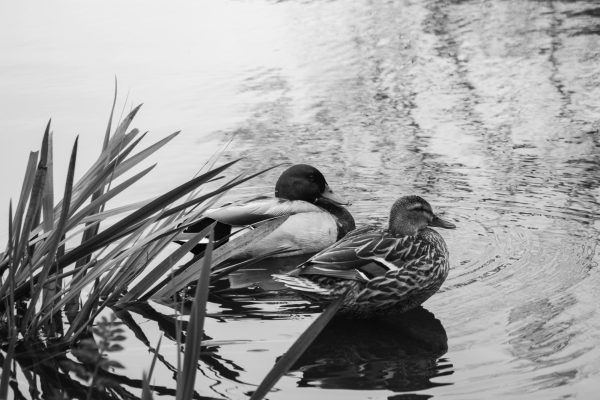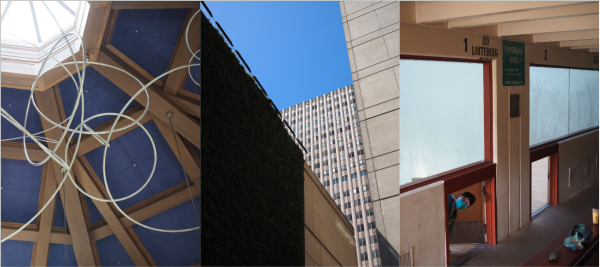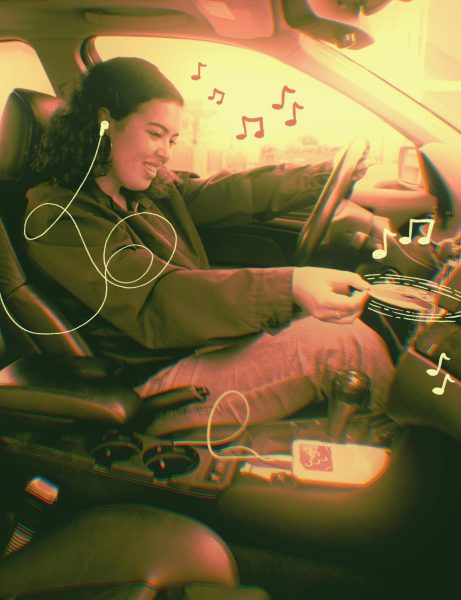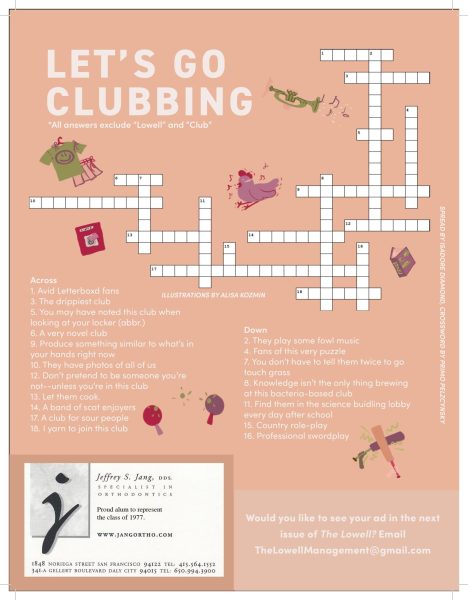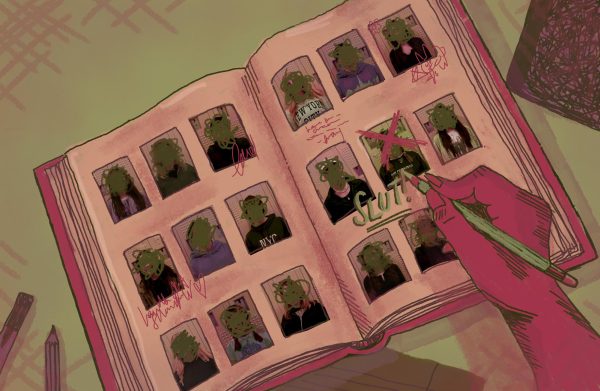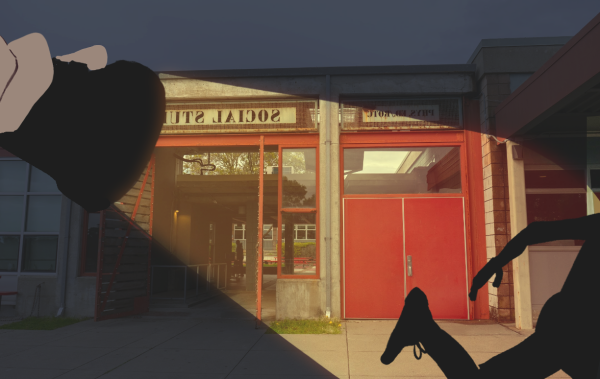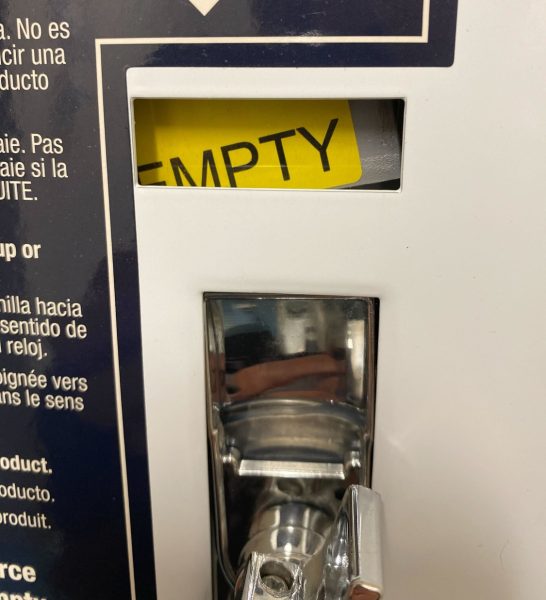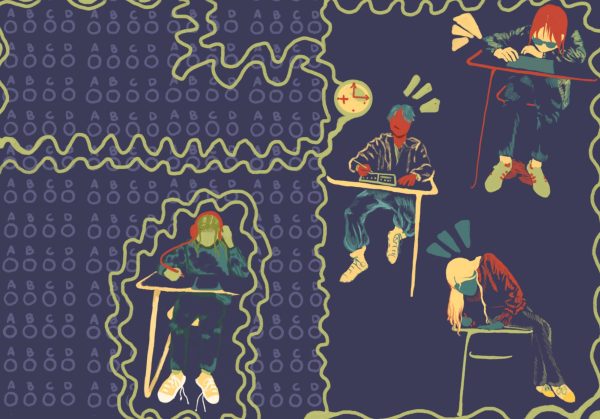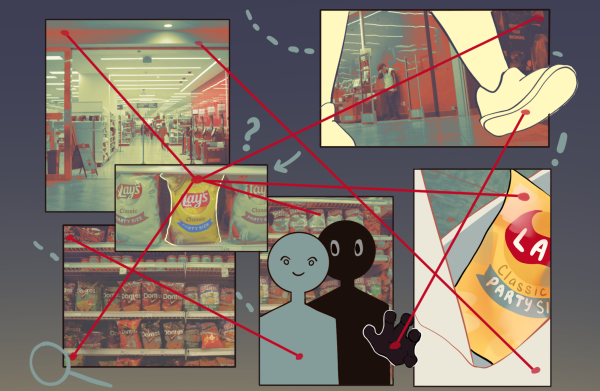I’m here and I’m queer but I’m more than some label
Originally published on May 13, 2016
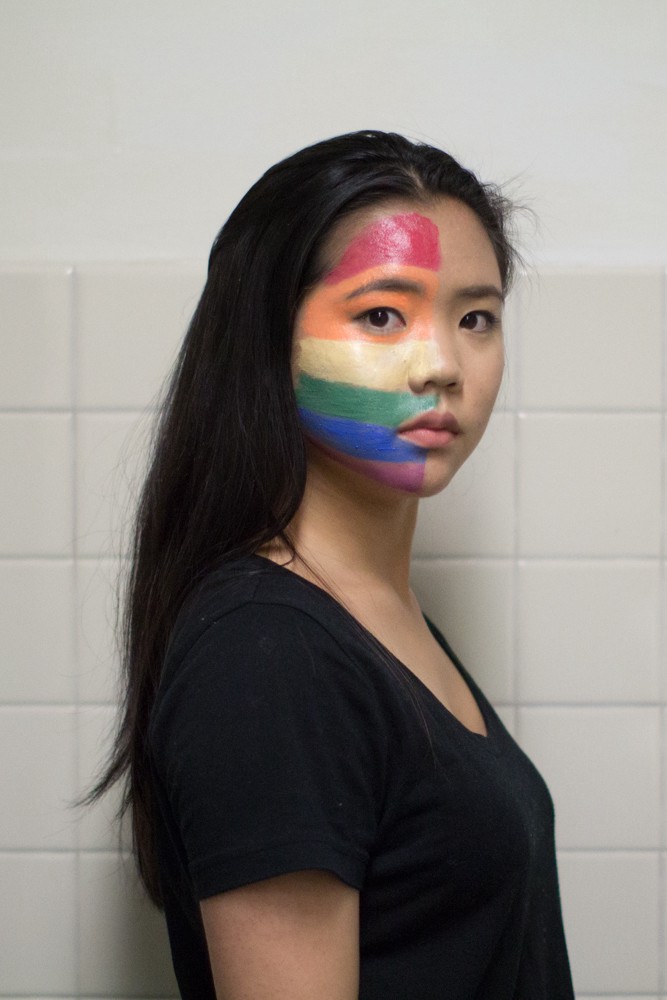
I picked up my first Harry Potter book in kindergarten, enraptured by the young wizard and his cupboard under the stairs. Naturally, the only appropriate place to read a tale like that is in a cupboard under the stairs, but as my home lacked that specific space, I settled for the enclosed space of the closet in my bedroom. I continued sitting in my closet and contemplating the message of Harry’s world into my teenage years, accompanied by growing stacks of the newly released books, which I devoured eagerly. During that period of growth, I was also struck by the realization that the closet I was sitting in was both literal and metaphorical.
Sitting in my closet since age five would have been an unimportant and quaint fact of my childhood if, when I grew up, I settled into the heteronormative world around us, where the expectation is for women to fall for men, and vice versa. Instead, it turned out to be a slightly bitter irony.
I began to think about where I fell on all of these spectrums.
Living in San Francisco has exposed me to many sexual, romantic, and gender identities, and, surrounded by all this interesting diversity, I began to think about where I fell on all of these spectrums. I came across the 2007 interview where J.K. Rowling announced that Dumbledore was gay when I was about 12, four years late to this revelation, but still delighted to discover this new facet of Harry’s world. It was thrilling that books could include as many different identities as the ones I saw around me. This planted a seed in my head, a tiny, tickling idea to begin my own quest, not to find horcruxes, but to open up my own soul and see what might be hiding.
Scared by the potential consequences of discovering I was anything other than straight, I put off my personal exploration. However, the summer between my freshman and sophomore years of high school dragged that part of me back into the open in a much more unavoidable way. I was in a production of Rent, a musical about being LGBT+ during the AIDS crisis. In that show, I played the street-smart, POC, gay computer genius with AIDS, Tom Collins (who was renamed to Tamara). Tamara’s brilliant, talented, crossdressing girlfriend Angel was played by a friend of mine whom I have known since we were both ten years old in Seussical the Musical, and during the course of that production, as Tamara and Angel fell for each other, so did we.
Even in a city like San Francisco, I have found that people don’t normally identify as questioning.
I denied it for a long while, figuring that our onstage chemistry was just bleeding through, a result of knowing each other for a long time and getting emotional attachments as characters confused with emotional attachments as people. Nevertheless, I was thrown, and started worrying in ways that I hadn’t before about my sexuality and attraction. Before that moment, it had never occurred to me that I could have been anything but heterosexual.
I started the plunge with an online quiz. It should’ve been an easy launching point, maybe even a definitive answer. But the Kinsey Scale Test, developed by Alfred Kinsey, a famous biologist who developed the field of sexology in the 1950s, didn’t help me find a label at all. Instead of a number on the one-through-six sliding scale of ‘how gay are you,’ I received the rating “F,” the first F I’d ever gotten. “Failed to match to a Kinsey Type profile.” Failed to fit on the spectrum of sexuality. Failed to find a label. Failed. After that, I realized that maybe I’d have to discover myself by myself, no outside factors pushing in and influencing my decisions.
I’ve come to realize that my sexuality is not the central part of my person, much like Dumbledore’s sexuality was not essential knowledge.
However, slapping labels onto my sexuality when I’m still discovering myself can be tricky– especially if I jam myself into a box I might outgrow or one that never fit me in the first place. But I can’t dig myself out of my closet to announce that I’m not sure what I identify as, only that it’s “not straight.” Even in a city like San Francisco, I have found that people don’t normally identify as questioning. Everyone who is a major LGBT+ icon seems to have always been sure of themselves all the time, so set in their sense of self, with no period where they were unsure about who they were. Uncomfortable with who they were, yes, but never unsure. Stories of people who knew exactly who they were since they were four years old and were brave enough to come out early on in their lives are rampant among gay icons, and while this is certainly not all LGBT+ people, those are the stories that I feel like are more widely known. I want to be sure of myself the same way they were before they came out, and if finding that confidence means sitting for a little while longer in a closet of my own making, so be it.
Identity is such a curious thing. Sexual and romantic and gender identities aren’t truly important in the grand scheme of my character. I can exist with a viable personality and interesting, developed relationships without a label on the confusing bit of myself that is my personal identity. My sexuality is not a groundwork to grow from, it’s simply another floor in a towering skyscraper, another place where I can grow and expand. Not having a label on my sexuality doesn’t stop me from growing taller and taller, nor does it impede me from clearly knowing who I am as a person. I am still a singer, an actress, a reader, a dreamer. I can still be a good friend, a good sister, and, most importantly, a good person.
I’ve come to realize that my sexuality is not the central part of my person, much like Dumbledore’s sexuality was not essential knowledge. He was still a deeply interesting character without “he’s gay” stated word-for-word in the books. In the end, labels honestly don’t matter.
If Dumbledore can still make magic without a box keeping him down, so can I.


